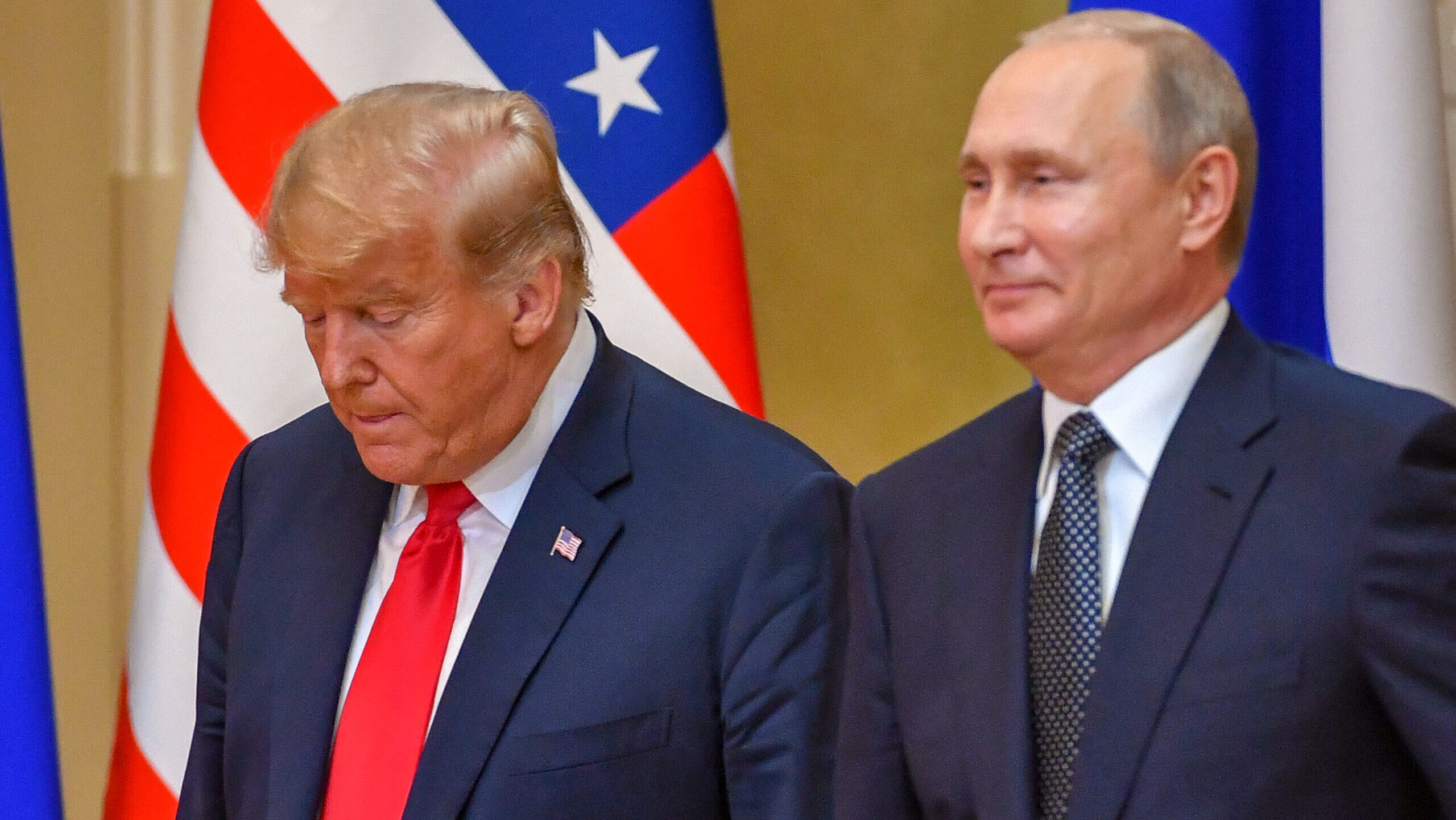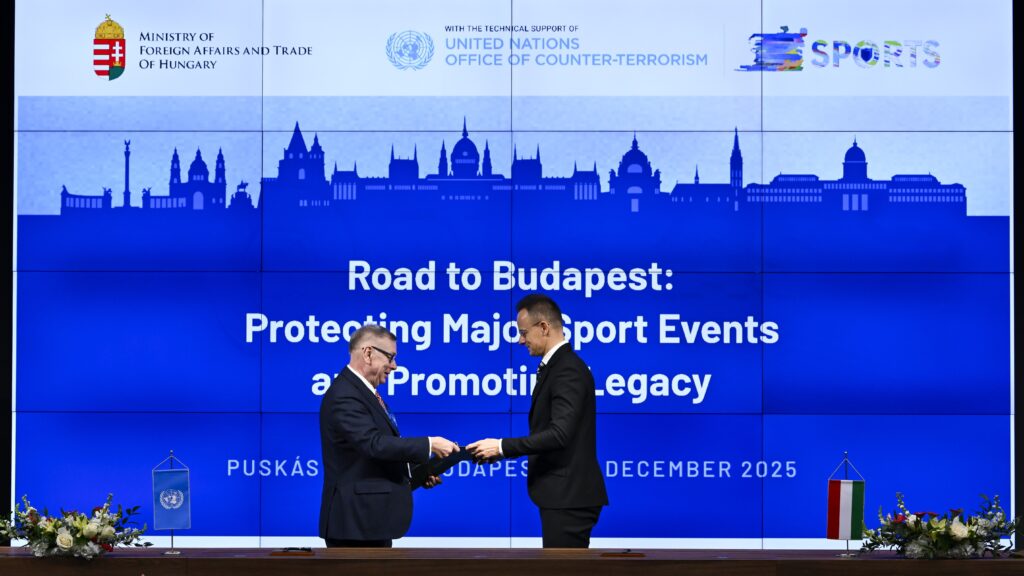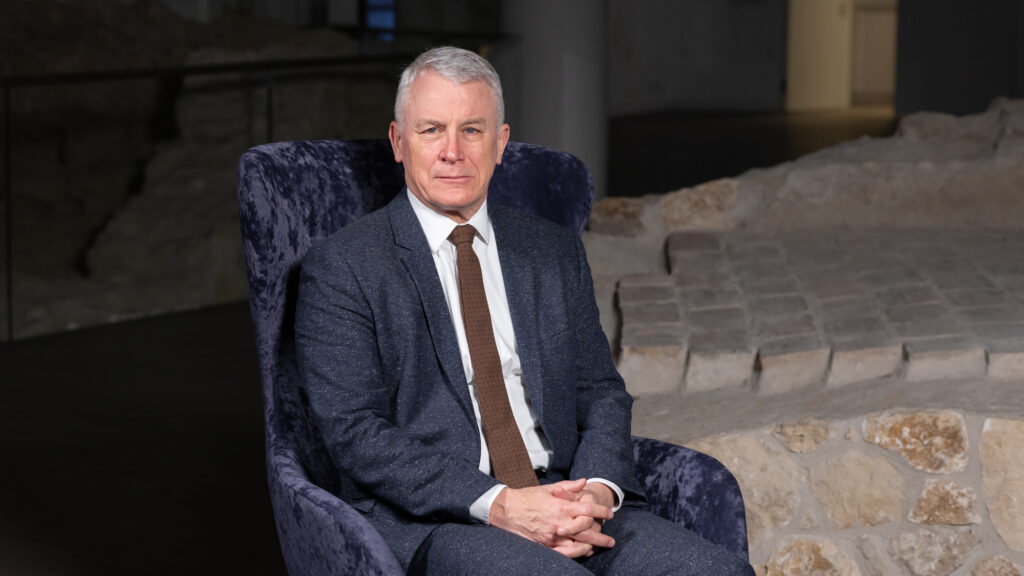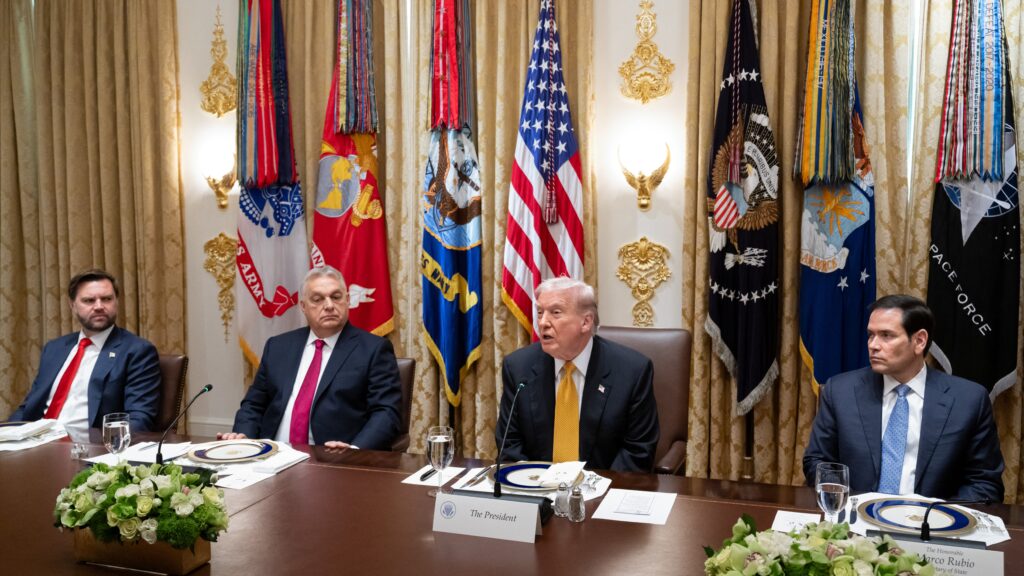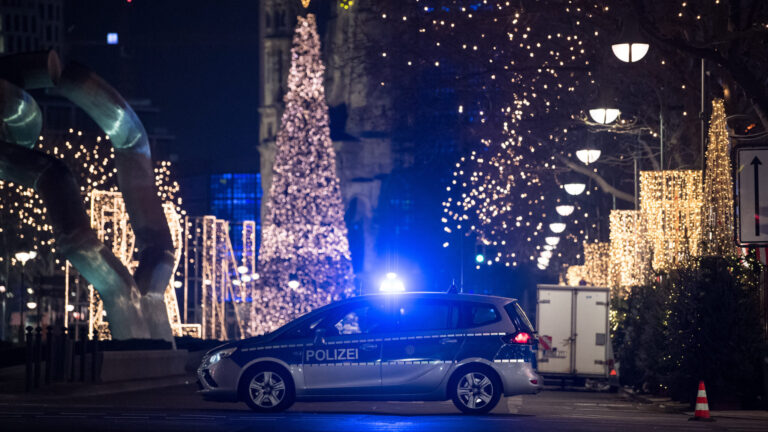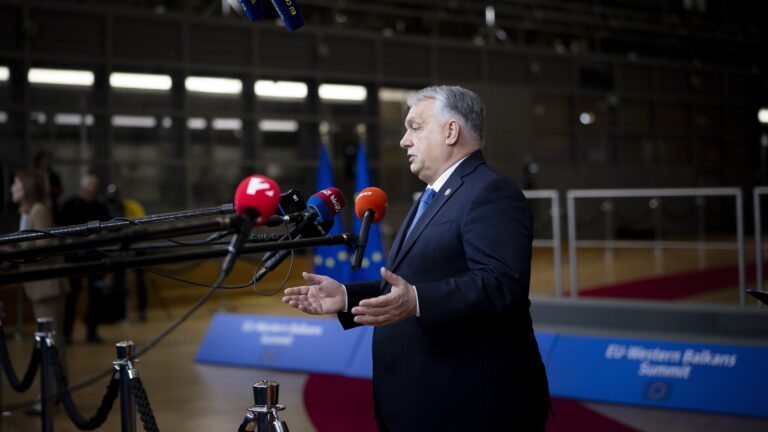Following Wednesday’s meeting between US Special Envoy Steve Witkoff and Russian President Vladimir Putin in Moscow, both the White House and the Kremlin confirmed—through separate statements—that President Donald Trump will soon meet Putin in person. Such a meeting has not taken place since 2019. On Thursday, Kremlin aide Yuriy Ushakov stated that concrete preparations for the meeting are already underway with US counterparts. Media reports suggest the United Arab Emirates as a potential venue, where Putin is scheduled to meet UAE President Mohamed bin Zayed Al Nahyan. According to the White House, the Trump–Putin meeting could happen as soon as next week.
Moreover, in a private briefing to European allies, Trump also signalled a possible trilateral summit between himself, Putin, and Ukrainian President Volodymyr Zelenskyy—even though the Kremlin has remained ‘completely without comment’, according to Ushakov.
Trump described Witkoff’s discussion with Putin as ‘highly productive’, yet despite the announcement of upcoming meetings, no concrete steps towards a ceasefire in Ukraine have been disclosed by either side. In fact, while Witkoff was still in Moscow, the White House imposed an additional 25 per cent tariff on Indian imports in response to India’s continued purchase of Russian oil. This raises the total tariff rate on certain Indian goods to as high as 50 per cent—despite India being one of the United States’ most important strategic partners in Asia.
Secondary Sanctions Still Coming
Meanwhile, the deadline for implementing secondary sanctions on Russian oil buyers remains in place, set for 8 August—tomorrow. It is not always clear in White House communication whether ‘secondary sanctions’ refer to the traditional definition or serve as a synonym for punitive tariffs, such as those recently imposed on India. However, a proposed piece of legislation, titled the Sanctioning Russia Act of 2025 and currently before the Senate, targets countries that ‘knowingly sell, supply, transfer, or purchase oil, natural gas, petroleum products, or uranium that originated in the Russian Federation’. It authorizes tariffs of up to 500 per cent on US imports from any country purchasing such Russian-origin energy products. Ironically, the United States itself continues to import uranium from Russia—imports which have increased year-on-year by 28 per cent in 2025, reaching approximately $596 million.
While secondary sanctions could impact a large portion of global trade, they are primarily aimed at China—the largest importer of Russian oil—as well as India and possibly Türkiye. Brazil is also mentioned as a potential target if it persists in buying Russian energy. These sanctions could significantly harm Moscow, potentially reducing its oil export revenue by 10–20 per cent—equivalent to a daily loss of up to $128 million in the worst-case scenario.
‘The Trump–Putin meeting is widely seen as the international community’s last hope’
However, the broader global economy would likely suffer even more. Oil prices could spike by as much as $11 per barrel, affecting not only crude but also commodities such as electricity, gas, and industrial metals—substantially raising production costs across industries. Global trade would become even more fragmented than it already is, with hypothetical breakdowns in trade between major powers such as the US and China, India, and others, hit with 500 per cent tariffs—or even the 100 per cent frequently mentioned by Trump in recent weeks.
Such a scenario must be avoided at all costs. For that, the proposed Trump–Putin meeting is widely seen as the international community’s last hope—and it must materialize as soon as possible. Hungarian Minister of Foreign Affairs and Trade Péter Szijjártó emphasized this in his reaction to the Witkoff–Putin meeting. ‘We hope @realDonaldTrump and Vladimir Putin will meet in person as soon as possible. That is the only way peace can finally return to Central Europe,’ Szijjártó wrote on X. He added that he had spoken with several participants of the Moscow meeting who confirmed these developments.
Péter Szijjártó on X (formerly Twitter): “Yesterday, all eyes were on Moscow. The news emerging from the Putin-@SteveWitkoff meeting brought relief to many, especially to us in Central Europe, living next to the war.We know very well that whenever there is top-level US-Russia dialogue, the world becomes a safer place…. / X”
Yesterday, all eyes were on Moscow. The news emerging from the Putin-@SteveWitkoff meeting brought relief to many, especially to us in Central Europe, living next to the war.We know very well that whenever there is top-level US-Russia dialogue, the world becomes a safer place….
Trump Has Come a Long Way since Helsinki
How the meeting would unfold is another matter. Trump and Putin have met only once in a high-stakes bilateral summit—back in 2018 in Helsinki. At the time, Trump was still a political newcomer, grappling with the Washington ‘swamp’ while Congress launched numerous investigations into his administration. Allegations of Russian interference in the 2016 US presidential election were still dominating media coverage—even though Tulsi Gabbard, now Director of National Intelligence, has recently declassified documents suggesting that former President Barack Obama and senior officials knowingly fabricated those claims to undermine Trump’s legitimacy.
The international context ahead of the Helsinki summit was equally tense. Just two months earlier, Washington had withdrawn from the Iran Nuclear Deal, straining already low US–EU relations even more. In early 2018, the poisoning of former Russian agent Sergei Skripal in the UK led to mass diplomatic expulsions and a new round of sanctions against Russia. That heightened mistrust formed the backdrop to the Trump–Putin encounter. By mid‑2018, both Minsk I and II had largely failed to deliver lasting peace in Ukraine. In fact, ceasefires continued to be violated, while key provisions stayed mostly unfulfilled by 2018, and the framework basically considered to be dead.
The outcome of the Helsinki summit was largely predetermined. Putin dominated the agenda, while no tangible results were achieved on major issues such as Syria and Ukraine. Trump was fiercely criticized by the mainstream media—including even Fox News—for appearing ‘weak’ during the talks. During the joint press conference, Trump declined to condemn alleged Russian election interference, which many interpreted as siding with Putin over US intelligence agencies. Although Trump hailed the meeting as a success, post-summit polling showed that most Americans viewed it as a defeat. In Russia, by contrast, public sentiment and state media celebrated Putin’s triumph.
‘If successful, August 2025 could go down as a historic turning point’
Given Trump’s personality, it is unlikely he has forgotten such embarrassment—and the time for reassertion may now have arrived. Today, Trump approaches the prospect of meeting Putin from a far stronger position: he is more confident, not struggling that much domestically, has Europe’s backing, and is delivering on his agenda. He has secured a US–EU trade agreement, prevented a major regional war between Israel and Iran, and forced European nations to contribute more to their own defence. By the time the meeting occurs, secondary sanctions may already be in force—giving Trump another strong card to play.
Putin, on the other hand, enters the talks in a position more similar to Trump’s in 2018. Despite having leverage on the battlefield in Ukraine, signs are emerging that Russia’s war economy is slowing down. Senior Russian officials have hinted that the war should end by 2026 at the latest. Secondary sanctions could accelerate this shift in sentiment. Moscow is also losing influence in the Middle East—as seen in Syria—and even in its own backyard, including Central Asia and the South Caucasus. While Putin could certainly continue a war of attrition in Ukraine, the upcoming summit may be his last realistic opportunity to end the conflict without causing irreversible damage to Russia’s economy. It may also offer Putin the chance to enhance his negotiating position by giving Trump a diplomatic win.
In a positive scenario, hours of discussion could culminate in a triumphant Trump standing at a joint press conference with Putin, announcing some form of agreement—perhaps even a trilateral framework between the US, Russia, and Ukraine, already hinted at by Washington. Secondary sanctions could be lifted as part of a diplomatic package, offering relief to the global economy. If successful, August 2025 could go down as a historic turning point—the first step towards a long-awaited peace in Europe.
Related articles:

